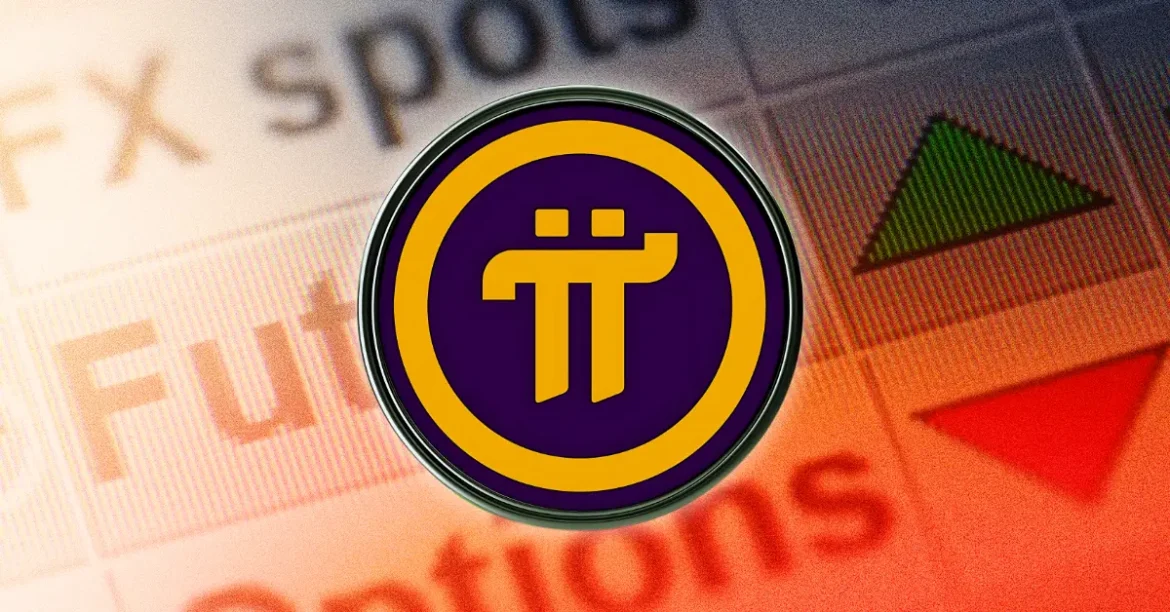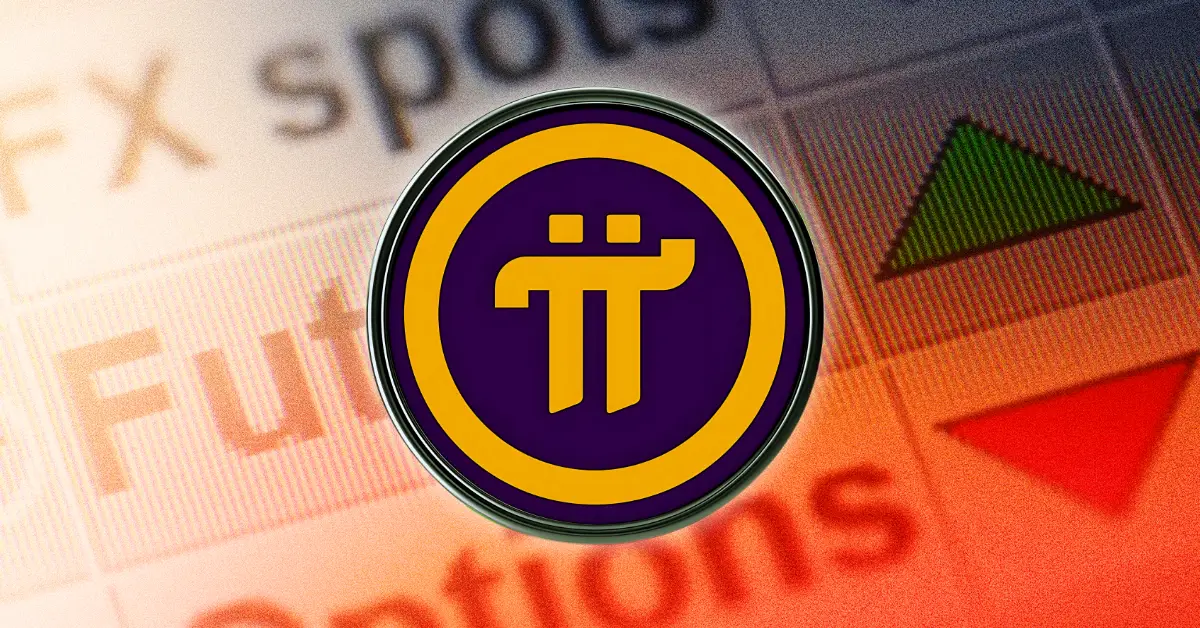The current landscape of Pi Network presents a compelling mix of optimism and caution, driven by significant developments, market sentiment, and the intricate dynamics of token unlocks. This analysis synthesizes the extensive data on Pi Network’s recent price movements, forecast models, supply mechanics, and community sentiments to offer a comprehensive perspective on its trajectory, especially considering the imminent unlocking of tokens, which introduces notable supply pressures.
Introduction: Navigating the Volatile Terrain of Pi Network
Pi Network, once heralded as a revolutionary mobile-based cryptocurrency aiming to democratize access to digital assets, has entered a phase characterized by heightened scrutiny and cautious optimism. The remarkable 151% increase in its 7-day price performance on platforms like CoinGecko underlines the initial excitement, yet the looming unlock of over 275 million tokens within a month casts a long shadow over short-term stability. The presence of high-profile events, such as the Pi CEO’s speech at the Consensus Forum, signals ongoing developmental efforts, yet the price action remains sensitive to supply shocks and broader market conditions.
Token Unlock Mechanics and Market Impact
Central to Pi Network’s current predicament is the scheduled unlocking of a large tranche of tokens, approximately 275 million over 30 days. As approximately 12.8 million tokens are set to unlock on May 15, each day witnesses the release of roughly 6.78 million tokens, as indicated by recent reports. This process invariably amplifies selling pressure, potentially driving prices downward as liquidity increases. Data from PiScan and CoinCrashes highlight the substantial volume of tokens unlocking—about $85 million worth at current prices—fueling fears of oversupply. Such dynamics challenge the sustainability of recent bullish rallies and threaten to precipitate dips, especially if demand does not match the inflow.
The technical analysis echoes these warnings, with resistance at the $0.82 level and support around $0.55 to $0.45. Breaking above resistance could signal a trend reversal, yet the prevailing supply influx hampers such momentum. Historical patterns suggest that unless there is a resurgence in utility, adoption, or positive news, prices could remain under pressure through the unlock period.
Price Forecasts and Long-Term Potential
Despite these hurdles, multiple forecast models paint a diverse picture. Short-term analytical forecasts position Pi near $1 by 2025, with some projecting potential rises up to $2, especially if key resistance levels are overcome. For instance, CoinCodex’s short-term models and technical indicators suggest that with favorable market conditions, the token could sustain a price around the $0.97 mark, supporting a bullish outlook.
In the intermediate to long term, projections extend to 2030 and beyond. Marking an optimistic scenario, some forecasts propose Pi could reach between $1.74 to over $3, and even higher, contingent on factors like broader market adoption, technological development, and ecosystem expansion. Analytical predictions from DigitalCoinPrice and other sources envisage Pi hitting $1.04–$1.65 by 2026, with the possibility of explosive growth, should the project establish meaningful utility and partnerships.
Yet, certain challenges temper these optimistic forecasts. The exclusion of Pi from Binance’s listing vote and the significant drop below $1 after an all-time high of $3 post-launch on February 20 indicate skepticism. The recent declines—up to 31%, with Pi struggling at around $1.16—highlight the fragility of current investor sentiment.
Challenges to Longevity and Adoption
The primary hurdles facing Pi Network revolve around confidence and utility. Lack of centralized listing opportunities like Binance, a perceived slow pace in ecosystem development, and technical resistance levels create headwinds. Moreover, community dissatisfaction, as reflected in declining prices below key support levels, underscores concerns about leadership and strategic direction.
There is also a notable tension between high supply normalization—a token burn strategy could be an effective .—and the practical realities of tokenomics. Addressing oversupply through deflationary mechanisms might aid price stability and boost investor confidence over the long haul.
The Role of Market Sentiment and External Factors
Market sentiment remains a pivotal factor. The community’s dissatisfaction expressed through price action, compounded by regulatory and exchange considerations, influences Pi’s prospects. The recent decline by 28-30% and fears of further drops as unlocks continue overshadow the potential upside forecasted for the future.
External factors like broader crypto market trends, macroeconomic conditions, and technological developments also weigh heavily. For example, positive adoption metrics like Banxa’s integration with Pi, which involved acquiring 10 million tokens, demonstrate ongoing interest, but these are insufficient alone to counterbalance macro volatility and supply shocks.
Strategic Outlook: Will Pi Survive the Unlock?
The question of survival hinges on multiple intertwined elements:
– Demand Growth: For Pi to sustain or grow in price, there must be increased utility, network adoption, or partnership integrations that incentivize holding rather than selling.
– Supply Management: Implementing token burn strategies or unlocking mechanisms aligned with ecosystem development could mitigate downward pressure.
– Market Conditions: A bullish trend in the overall crypto markets would bolster Pi’s chances, while bearish dynamics would exacerbate downside risks.
– Community Engagement: Leadership clarity, roadmap execution, and community trust are crucial for long-term resilience.
Many forecasts suggest that if Pi can navigate through the unlocking period without extreme dips and if ecosystem developments materialize, it has a credible chance of survival and growth until 2030, potentially reaching several dollars in value.
Conclusion: The Crossroads for Pi Network
Pi Network stands at a critical juncture, caught between its ambitions of mass adoption and the realities of supply economics and market sentiment. While short-term forecasts project resilience toward $1, with potential upward movements if technical resistance levels are broken, looming supply influxes threaten to overshadow these gains. The project’s future depends heavily on its ability to foster utility, manage tokenomics effectively, and regain investor confidence amidst a volatile broader crypto environment.
Final Thought: Embracing Uncertainty and Strategic Development
The path ahead for Pi Network is uncertain yet packed with opportunity. Whether it can transcend the immediate hurdles posed by large-scale unlocks and skepticism, or succumb to these pressures, remains to be seen. For investors and community members, watching how Pi’s leadership navigates the upcoming months will be essential—this is a test of resilience, vision, and adaptability for what could become a long-term player in the crypto landscape.
—
Stay ahead of Pi Network’s volatile unlock impact with our expert price forecasts and tokenomics insights—learn more





